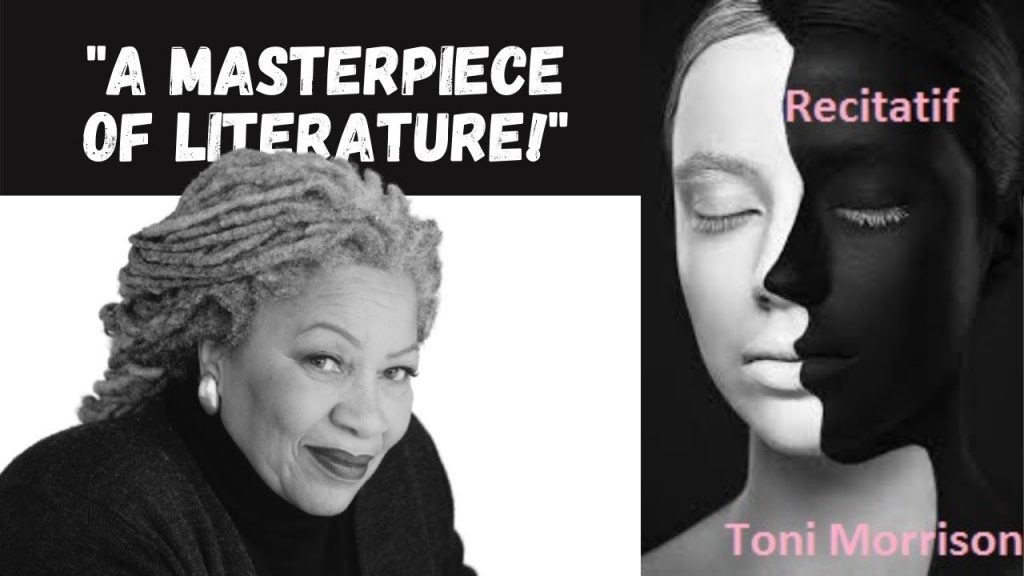‘Recitatif’ is a short story written by Toni Morrison. It narrates about two orphaned girls, Twila and Roberta, in both the orphanage and in their later life. The short story encompasses the stereotypes associated with being white or black. It shows that people hold on to the myths that have been in existence for a long period regarding races. Doing so helps to address the myths and seeks to debunk them for the welfare of society. The short story matches the ideologies advanced by the critical race theory. The theory seeks to understand how race and racism exist and affect society. The critical race theory may be used to analyze Recitatif.
A key idea in the critical race theory is that race and racism are that are created and maintained in society. By so saying, the theory suggests that race is a social construct (Benjamin, 2013). Throughout the short story, Toni Morrison does not reveal which of the characters is black and who is white. The author is equally careful not to reveal their ethnic identities. However, the text is clear enough to show that one of them is African-American while the other is white. It does so by showing how each of them is treated differently. The depictions show that racism is a social construct that is anchored on racial identity. It is easy to speculate that the differences in treatment of the characters result from the differences in skin color. The story matches the critical race theory in that both show that racism is existent in society and that people anchor their thoughts about each other on skin color.
The short story, like the critical race theory, seeks to expose the racism that plagues society. Another key idea in the critical race theory is that racism is an issue that can be eliminated. According to De La Garza and Ono (2016), the theory seeks to understand the existence of white supremacy in the legal, political, and cultural aspects of society. By so doing, it addresses a critical issue in the quest for solutions of the same. Recitatif serves in this mission by using fiction to address a real issue. The short story shows that racial stereotyping is based on an illusion that is deeply rooted in falsified beliefs. It shows that the beliefs about whiteness and blackness need not be there for the welfare of society to be guaranteed. It creates awareness of how wrong people are when they engage in activities that maintain and perpetuate their beliefs. The advantage of the story is that it uses a creative and entertaining method to do so, aspects that ease the process of spreading the message. The short story exemplifies the creative methods that can be used to rectify society in matters of racial discrimination.
The critical race theory depicts racial discrimination as an issue of struggle, a paradigm that is evident in the short story. One of the aspects of the race is that it does not treat racial discrimination as an independent variable. Instead, it seeks to depict it as an issue that requires confrontation (Benjamin, 2013). The reality about racism is that it is a perpetual issue in American society. It is hard to eliminate it, as its long history in American society has shown. A realistic thing to do, however, is to acknowledge the various dynamics of society that perpetuate it and address them instead. Recitatif depicts the need to address the root causes as opposed to confronting the people who engage in racial discrimination. The short story accomplishes this mission by not addressing racial discrimination directly by not labeling its characters. Hiding their identities has the effect of addressing racism from a deeper perspective as opposed to the superficial method. Also, it does not impose the idea of a society without racism. Instead, it exposes the existence of the issue.
Recitatif warns about the consequences of racial discrimination. One of the predominant issues about racism in the book is that it leads to the oppression of those who are not from the superior race (Stanley, 2011). Maggie, for example, is pushed down by bigger girls, and none of them offers her help. It would have been different if she was not from another race. The incidence shows that there is a negative aspect associated with being from a different race. According to De La Garza and Ono (2016), critical race theory emphasizes the real-world effects of racism. The theory explains that the effects of race and racism are predominantly negative. They go beyond the intentional acts of racism that affect human beings in the individual dimension to encompass higher levels, such as historical, economic, and social dimensions of life. The short story matches this description by showing the consequences of racism from the level of an individual as well as other more complex levels.
Recitatif is a short story that clearly fits the intellectual advancements of the critical race theory. It exposes the existence and perpetuation of racism in American society. It also follows the theory’s agenda of seeking viable solutions for the problem that has proven to be malignant in society. The creative piece of literature is a good exemplifier of how society should handle the problem of racism as suggested by the critical race theory.







